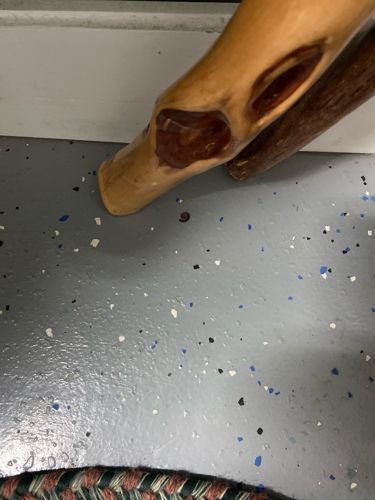Ant
Scientific Name: Formicidae
Order & Family: Hymenoptera, Formicidae
Size: Typically 1 to 30 mm (0.04 to 1.2 inches) long, depending on the species.

Natural Habitat
Highly adaptable, ants can be found in almost all terrestrial habitats, including forests, deserts, grasslands, urban areas, and even indoors. They construct nests in soil, wood, under rocks, or within structures.
Diet & Feeding
Ants have a highly varied diet. Many species are omnivores, feeding on nectar, seeds, fungi, other insects (both living and dead), and sugary exudates from aphids. Specific diets can range from specialized predators to herbivores.
Behavior Patterns
Ants are highly social insects that live in structured colonies, which can number from a few dozen to millions of individuals. They exhibit complex social behaviors including division of labor, communication through chemical signals (pheromones), collective foraging, and nest building. Most colonies are centered around one or more queens who lay eggs, while sterile female worker ants perform most other tasks.
Risks & Benefits
Risks: Some ant species can bite or sting, causing pain, allergic reactions, or secondary infections. Certain species, like carpenter ants, can damage wooden structures by excavating nests. They can also be considered pests when they invade homes searching for food. Benefits: Ants play crucial roles in their ecosystems, including soil aeration, seed dispersal (myrmecochory), predation of other insects (including pests), and decomposition of organic matter. They are an important part of food webs.
Identified on: 10/2/2025